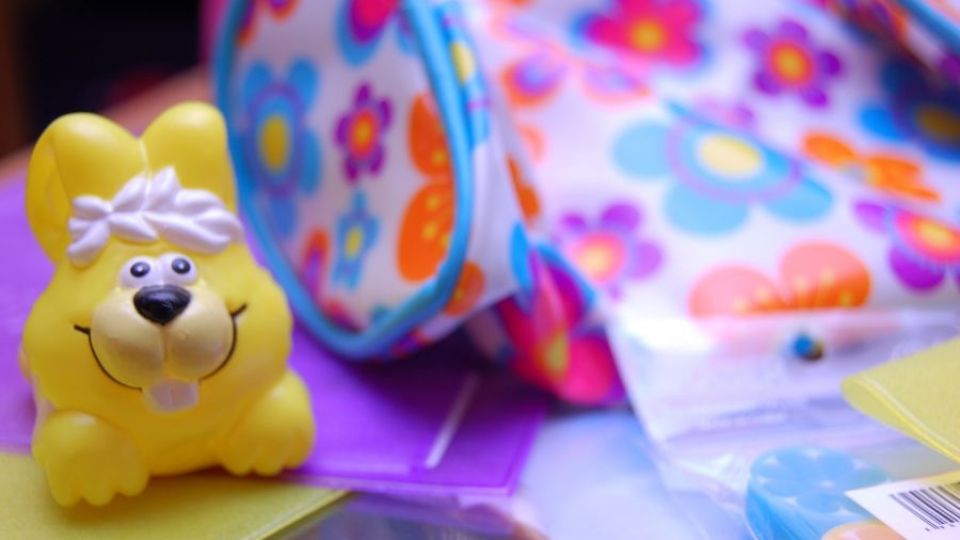The European Parliament rejected a proposal from the European Commission which would enable recycling of lead-containing PVC for the next 15 years. MEPs agreed with consumers who spoke out to stop the recycling of hazardous lead waste into new PVC products.
Lead is a well-known toxic metal. There is no safe level of exposure, and it can lead to permanent, adverse health effects. It is listed as a substance of very high concern under the EU Regulation REACH because it may damage multiple different organs or potentially cause cancer. Exposure of pregnant women to high levels of lead can cause miscarriages, stillbirth, premature birth, and low birth weight.
Karolina Brabcova, consumer campaign coordinator for toxics-free recycling at Arnika's Toxics and Waste Programme: "MEPS made the right decision to say no to a proposal that undermines the confidence in recycling as it allows materials containing one of the most hazardous substances to be further recycled into new products. According to several neurologists, there is no safe level of lead for babies and small children as it irreversibly impairs the healthy development of children's brain.”
The European Parliament Environment Committee already objected to the Commission’s proposal in January and stated that “recycling should not justify the continued use of hazardous substances, as prevention takes priority over recycling”.
Citizens across Europe, including the Czech Republic, contacted their elected representatives ahead of yesterday’s plenary session urging them to vote against the Commission’s proposal. Arnika was one amongst a few the civil society groups that also wrote to members of the EU Parliament to halt the proposal with a call to action which highlighted its potential threats to human health and the environment.
Tatiana Santos, chemicals policy manager at the European Environmental Bureau (EEB) said: “Even the Romans understood that lead is poisonous. Yet today, the Commission is happy to let hundreds of thousands of tonnes of polluted PVC be recycled into new consumer products. This threatens to unnecessarily expose generations of Europeans and the environment. We need to remove known toxic chemicals from our homes and environment, not add more. The circular economy cannot become a dumping ground for contaminants. Fortunately, the European Parliament stood up for that principle today.”
PVC creates a number of environmental problems during its entire life cycle and is not an environmentally sustainable material. It requires toxic additives during its production and contributes to dioxin formation during incineration. There is not a sustainable solution once PVC becomes waste.








